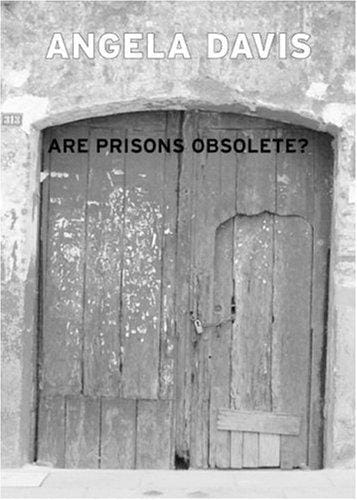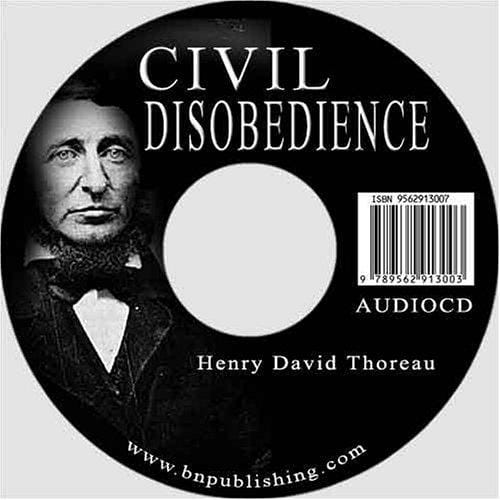Are Prisons Obsolete?
Are prisons an outdated solution to crime? This article explores their history, critiques, and humane alternatives, asking whether incarceration still makes sense.

Introduction
For more than two centuries, the prison has been the default answer to the problem of crime. Yet record incarceration rates, staggering costs, and persistently high recidivism have sparked a pressing question: are prisons obsolete? The term “obsolete” does not mean that prisons no longer exist, but rather that they may be ill-suited to the goals of justice, public safety, and human dignity in the twenty-first century. This article traces the history of prisons, examines their shortcomings, and explores practical alternatives that could redefine how societies respond to harm.
The Birth of the Modern Prison
Before the late eighteenth century, most legal systems relied on public punishment: fines, forced labor, exile, corporal pain, or execution. The penitentiary emerged during the Enlightenment as a supposedly humane innovation. Reformers such as John Howard in England and Benjamin Rush in the United States argued that isolating offenders in clean, orderly spaces would encourage reflection and repentance—hence the word "penitentiary." By the mid-1800s, purpose-built prisons had become central to criminal justice across Europe and North America, exporting their model to colonized regions worldwide.
Expansion and Entrenchment
Industrialization, urban crowding, and the rise of nation-states helped prisons spread rapidly. Legislators created new categories of crime to police labor unrest, migration, and racial minorities. In the United States, the Thirteenth Amendment’s exception for penal labor enabled convict-leasing systems that effectively re-enslaved Black Americans after Reconstruction. Around the globe, colonial powers used prisons to suppress resistance movements, embedding incarceration deep within modern governance.
Key Critiques of the Prison System
Despite their reformist origins, prisons have consistently failed at their stated aims. Recidivism rates remain high—within five years of release, roughly 75% of U.S. prisoners are rearrested. Criminologists note that the isolating environment interrupts family ties, education, and employment, making re-entry difficult. Moreover, prisons often become training grounds where minor offenders learn advanced criminal skills and gang affiliations, undermining public safety.
Human Rights Concerns
Overcrowding, inadequate healthcare, and violence plague facilities worldwide. Solitary confinement, still used widely, can induce psychosis after only a few weeks. The United Nations has labeled prolonged isolation a form of torture, yet thousands endure it daily. Women, LGBTQ+ people, and the mentally ill suffer disproportionate abuse, revealing structural incompatibilities between prisons and basic human rights standards.
Racial and Economic Inequities
In the United States, Black people are incarcerated at five times the rate of white people, a disparity mirrored in many countries along class or caste lines. Poor defendants unable to afford bail languish in pre-trial detention, losing jobs, housing, and custody of children before conviction. These realities expose how prisons often punish poverty and race more than actual danger to society.
The Financial Burden
Running prisons is exceedingly expensive. American taxpayers spend over $80 billion annually on corrections, a figure that excludes policing and legal expenses. When ex-prisoners struggle to find work, communities shoulder additional costs through lost productivity, welfare, and healthcare. Redirecting even a fraction of these funds toward prevention, education, and restorative programs could yield better outcomes at far lower cost.
Alternatives to Incarceration
Critics who label prisons obsolete do not ignore the need for accountability. Rather, they champion evidence-based methods that address root causes of harm while keeping the public safe. Restorative justice programs bring victims, offenders, and community members together to discuss the impact of crime and agree on concrete steps toward repair. Studies in New Zealand, Canada, and Indigenous communities show reduced recidivism and higher victim satisfaction compared to conventional courts.
Community supervision models—such as electronic monitoring, mandatory counseling, and employment assistance—allow offenders to remain integrated in society. Portugal’s public-health approach to drug offenses, which replaces imprisonment with treatment and social services, has slashed overdose deaths and HIV transmission. For violent crimes, secure but therapeutic facilities modeled on Norway’s Halden Prison emphasize education, mental health, and normalized living conditions, resulting in Europe’s lowest reoffending rates.
Reform Versus Abolition
Debate rages between reformists, who seek to fix prisons, and abolitionists, who envision their complete replacement. Reforms—such as sentencing caps, bail overhaul, and improved healthcare—can alleviate immediate suffering. However, abolitionists argue that such tweaks legitimize a fundamentally flawed institution. They point to historical parallels: societies once deemed slavery and debtor’s prisons essential, until collective imagination produced new systems. Abolition, proponents say, is less about overnight closure and more about gradually building social infrastructures—housing, mental-health care, living wages—that make prisons unnecessary.
Conclusion: Rethinking Justice
As evidence mounts that prisons neither rehabilitate nor deter effectively, the label “obsolete” appears increasingly apt. Abandoning mass incarceration does not mean releasing everyone tomorrow; it means questioning why cages remain our primary response to social harm. By investing in restorative practices, education, and equitable economic policies, communities can enhance safety while honoring human dignity. The movement to supersede prisons challenges us to imagine justice not as retribution, but as healing—a transformative vision whose time may finally have arrived.
